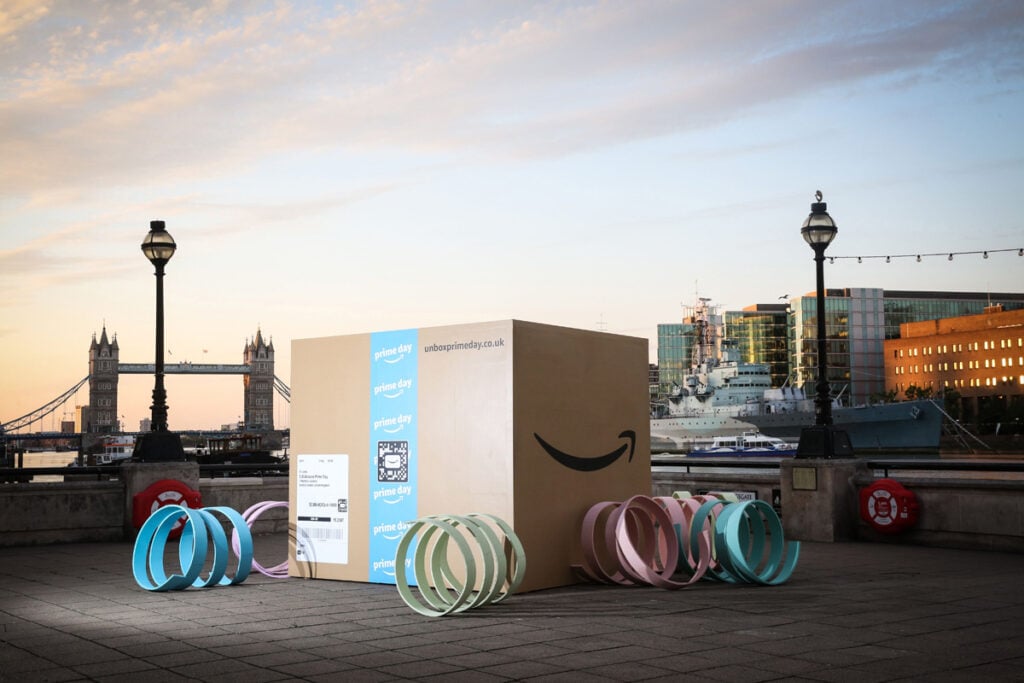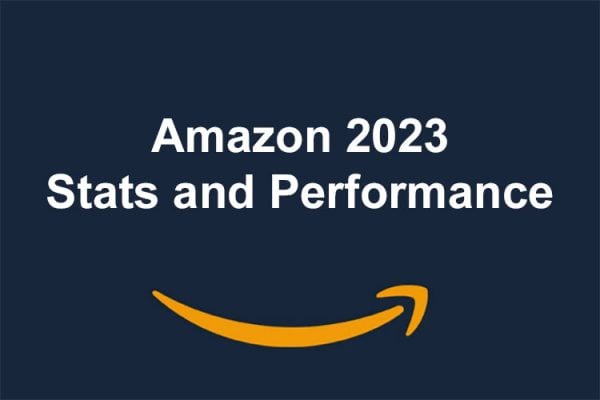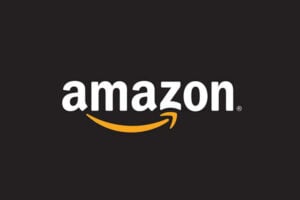“Prime Day started in 2015 to celebrate Amazon’s 20th year anniversary. It was born out of the classic Amazon ‘test and learn’ style and nurtured to become a much-anticipated shopping holiday for consumers,” is how Michael Scharff describes the growth of the 4-year-old shopping event.
Speaking to Tamebay, Michael Scharff, chief executive officer at Evolv Technologies, takes us back in time when the promotional peak wasn’t in its prime. “In its first year, Amazon saw criticism.” Criticism of the event highlighted the low quality of goods Amazon.com promoted during the shopping festival, raising eyebrows about the validity of Prime Day.
However, Michael says Prime Day served as an experiment for Amazon to examine the reaction of shoppers towards the increased promotional activity. The correlation between promotions and transactional spikes is the recipe Amazon still uses today. This ‘lab experiment’ now makes headlines in the global media as the annual ‘shopping bonanza’ exclusively for Prime members, forcing rivals such as eBay to launch their own promotional events to compete for shoppers’ wallets.
Fast forward to 2019, says Michael, Prime Day has grown from 24 hours to a 48-hour sale this year to give consumers around the world more time to find more great deals, especially on its own branded products.
Michael describes Prime Day as a global event, but its success is still heavily concentrated in the US. He says the next few years will see Prime Day gaining more traction in countries where it has a significant presence including Germany, UK, France, Italy, Spain, India, Mexico, and Japan. As Amazon grows its artillery of marketplace sellers and hones their shipping capabilities, Michael says we can expect Amazon to double the number of deals to more than two million offers on Prime Day.
Capitalising on the post-Prime Day halo effect
Sellers who think strategically about optimising the full-funnel on Amazon can do well year-round, says Michael. However, he says the first two to four weeks after Prime Day are especially valuable to them.
This phenomenon is called a post-Prime Day halo effect. That is, an increased shopping activity boosted by a significant peak period. The post-Prime Day halo effect sees shoppers jumping on the’ bargain-hunting’ wagon, wanting more goods for less money.
Merchants should consider the halo effect as a peak season akin to Black Friday and Cyber Monday, says Michael. The key is to plan for the halo effect in advance, balancing the right price and trade promotion for the right set of products. Sellers need to have the basics covered at every step of the funnel to convert increased footfall into transactions.
Michael says sellers need to think like business owners when preparing for post-Prime Day peak – as if Amazon is their own ecommerce site. This ownership-oriented vision will enable sellers to take full advantage of the halo effect.
He says sellers must consider how they can bag sales after the Prime Day finishes. This means building a strategy that can direct traffic to their products through the right investment in Amazon PPC ads for popular and relevant search terms. Merchants need to also hone the attractiveness of their discounts to outmanoeuvre the competition. In the sea of Amazon discounts, shoppers will choose discounted goods with A+ product description, positive product reviews and fast fulfilment promise.










